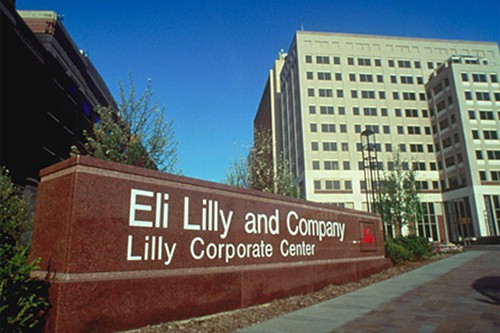
Eli Lilly has launched its once-weekly diabetes therapy Trulicity in the US, hoping to break into the fast growing, competitive GLP-1 agonist market.
Trulicity (dulaglutide) was approved by the FDA at the end of September and is the third once-weekly GLP1 agonist to reach the market after GlaxoSmithKline’s Tanzeum (albiglutide) and AstraZeneca’s Bydureon (exenatide).
The new product in a single dose pen that does not require mixing, measuring or needle attachment and can be administered any time of day independent of meals, according to Lilly. It also features an ‘invisible needle’ that may make it good option for needle-phobics.
Lilly’s chief executive John Lechleiter said: “We’re excited to enter the GLP-1 market with Trulicity and we believe this product can be a catalyst for growth of the class.”
Bydureon has also just been launched in a new pen injector formulation, having previously been available in vials only in the US, and Tanzeum is also formulated in a pen system. Pens typically require less manual dexterity than vial-based injections, and some patients find it difficult to draw the medication from the vial into a syringe and then inject it.
The trio of once-weekly options is making Novo Nordisk’s once-daily rival Victoza (liraglutide) look vulnerable, particularly as Trulicity has data showing it provides equivalent glucose control in a more patient-friendly package.
During the company’s third-quarter results call last week, Novo Nordisk’s chief operating officer Kåre Schultz said the expectation is that the new Bydureon pen and Trulicity will expand the market for GLP-1 agonists rather than eat into Victoza’s market share.
At the moment Victoza is the biggest-selling GLP-1 agonist in the market, bringing in around $1.6bn in sales in the first nine months of the year.
“I don’t think we should expect any major changes in market dynamics,” said Schultz. “GLP-1 is a very attractive therapy for type 2 diabetes and if our competitors are able to bring more patients onto the GLP-1 segment that would only be good for patients.”
In Europe, the Committee for Medicinal Products for Human Use (CHMP) recommended approval of Trulicity in September and Lilly is anticipating European Commission approval this quarter, with EU launches starting early next year.
In Japan, the company has submitted dulaglutide for regulatory review and is expecting a regulatory verdict in the second half of 2015.
Lilly has launched Trulicity in the same price region as Victoza but above Tanzeum, which GSK is selling at a discount. To help make the cost of therapy more manageable, Lilly has introduced a savings scheme that can reduce out-of-pocket costs for Trulicity up to a value of $150 per month for a maximum of two years.




